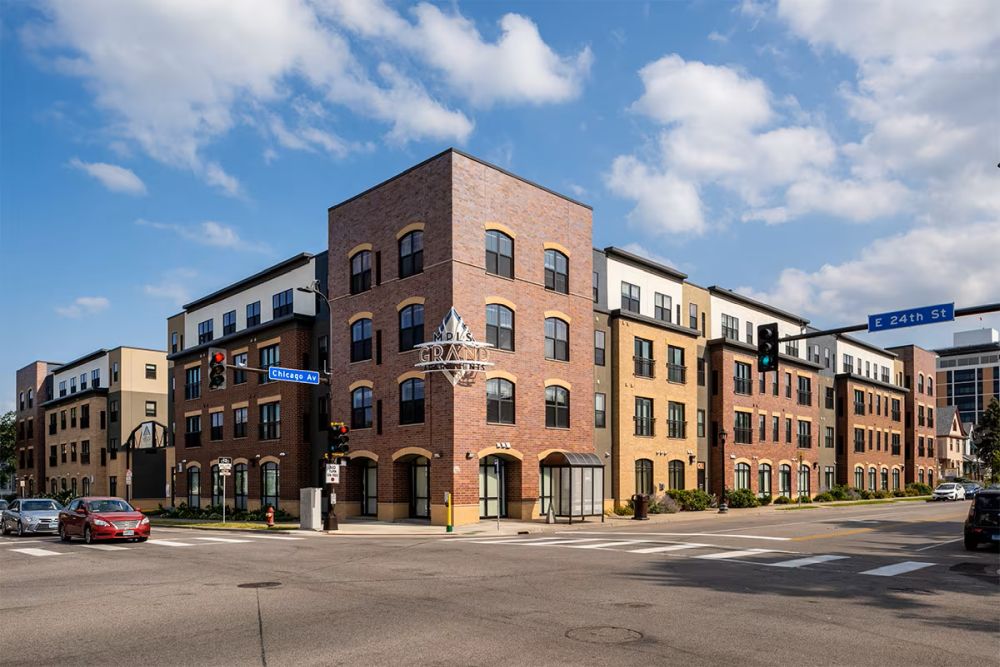Voicing concerns about skyrocketing rent in major cities has become as commonplace as discussing the weather. However, addressing a housing problem and implementing effective solutions pose distinct challenges, and even well-intentioned efforts to control rents can sometimes yield unintended consequences.
A notable case study in this regard is Berlin, where the housing market has experienced a significant boom. According to a June report by real estate firm JLL, average residential rent surged by 16% compared to the previous year. The city’s status as Europe’s party hub, coupled with economic opportunities and cultural offerings, has led to a near doubling of average rent since 2014. However, a recent analysis by The Wall Street Journal suggests that Berlin’s officials, in their attempt to curb prices, may have inadvertently contributed to the current situation.

The Berlin Approach : Missteps and Lessons. Berlin adopted stringent restrictions on rent increases and luxury upgrades in an effort to curb the proliferation of high-end condos. However, this approach faced criticism, with housing experts arguing that the crackdown on landlords may have exacerbated the problem by diminishing the profit motive for developers to supply more housing. While the rules stabilized rents for long-term tenants, they led to skyrocketing costs for newcomers, often sidestepping formal lease processes through verbal contracts. Critics propose that Berlin should prioritize making it easier to construct new homes rather than regulating existing ones.

Learning from Minneapolis : Encouraging Home Construction. Housing advocates suggest that Berlin could take inspiration from Minneapolis, where city leaders actively encourage home construction. Bloomberg’s ranking of 51 major U.S. metros places Minneapolis at No. 11 for the number of housing units built per dweller last year. This proactive approach likely explains why Minneapolis’s average rent increased by only 1% since 2017, compared to the nationwide 31% surge. To boost new housing stock, experts emphasize the importance of local governments refraining from imposing excessive restrictions on the construction industry. Cumbersome project approval processes and restrictive zoning rules can hinder the economic feasibility of building affordable homes.

A Success Story : Auckland’s Zoning Rules Eased. Auckland, New Zealand, offers a success story in easing zoning rules in 2016, successfully curtailing rent growth. The subsequent construction not only benefited residents of new luxury homes but also maintained inflation-adjusted rents for the cheapest 25% of apartments, keeping them flat since the reform.

Addressing Gentrification Concerns : A Role for Governments. The Auckland experience provides reassurance for skeptics concerned about new residential construction displacing existing residents. Housing economists argue that evidence suggests luxury housing can keep rents stable in nearby areas, as providing high-end renters with new options reduces competition for limited square footage.

Governments, far from merely stepping aside, can play an active role in bolstering housing supply through subsidies and ensuring the construction of affordable options. Vienna’s model, featuring an abundance of affordable government-owned or subsidized housing and favorable construction laws, has earned it the title of a “renter’s utopia”.

